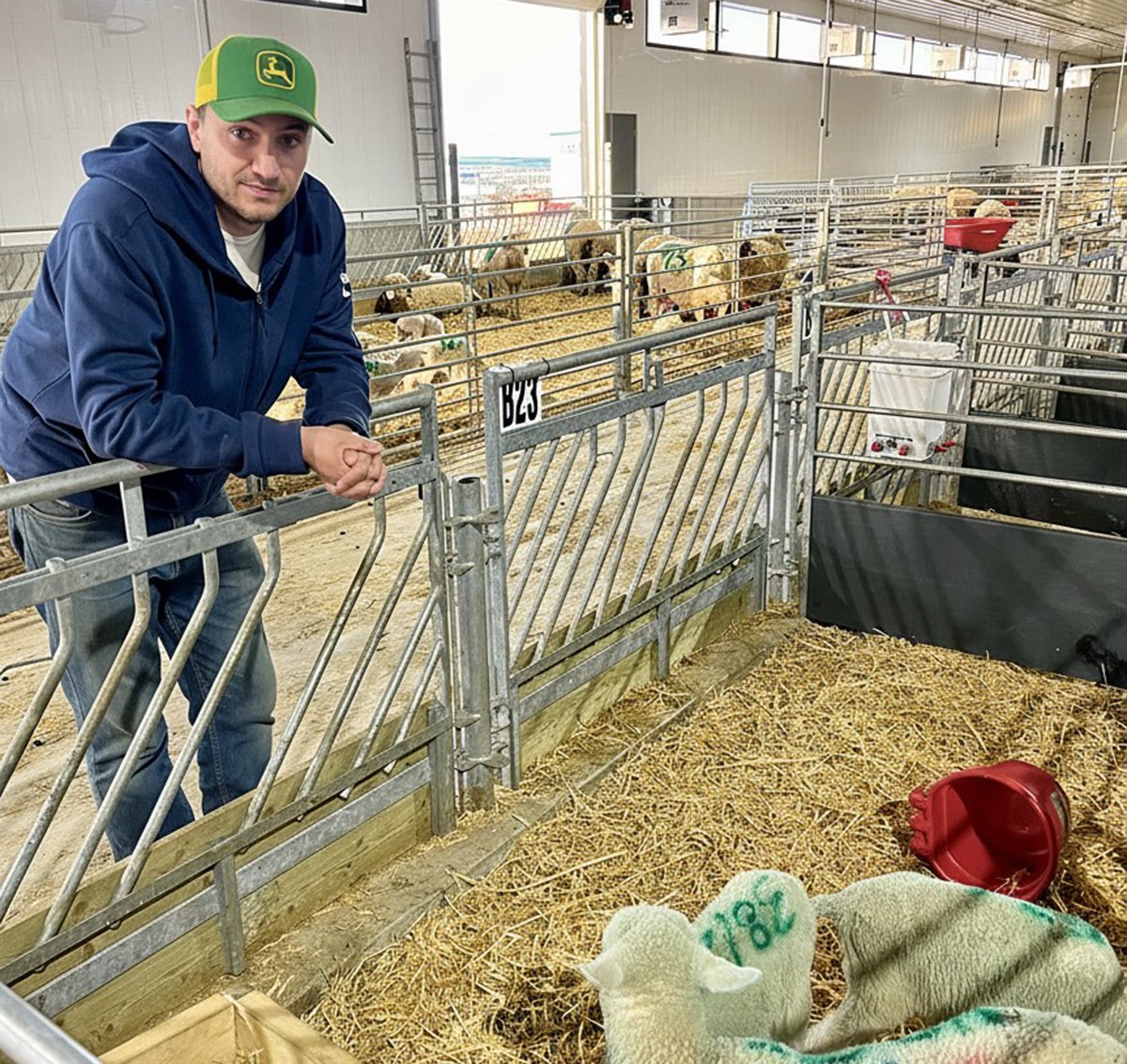While Canada is playing the wait and see game, Australia will move in and negotiate even more tariff reductions, warns Dennis Laycraft
OTTAWA — The Trans-Pacific Partnership has overshadowed Canada’s negotiations for a freer trade deal with Japan.
TPP talks grabbed the spotlight in Japan, pushing other trade business has been aside. Now, participants in the proposed 12 country trading area are watching to see if the United States and Japan ratify it.
“We are very supportive of trade with Japan, especially since Australia has this bilateral agreement,” said Dave Solverson, past-president of the Canadian Cattlemen’s Association at the annual meeting in Ottawa last month.
Australia dominates the beef trade in Japan since Canada and United States exports were suspended for years after the discovery of BSE in both countries in 2003. Trade has resumed but at numbers below those before the BSE suspension.
Read Also

Solar, sheep provide valuable farm diversification
Eric Steeves says raising sheep on forages grown under solar panels provided economic stability and perhaps even saved his family’s fifth generation southern Alberta grain farm.
Canada pays a 38.5 percent tariff on fresh beef entering Japan, while Australia pays 31.5 percent. The tariff rate is scheduled to come down in regular increments.
The CCA told Global Affairs Canada staff not to give up on Japan, even though nothing has been done since 2014.
“I don’t think we just want to wait and see,” said Dennis Laycraft, CCA executive vice-president, during the organization’s foreign trade committee session.
“We could be having the same conversation next year about whether the U.S. will sign (the TPP) and by then Australia will have another tariff cut,” he said.
Other countries pose challenges as well. Canada regained access to South Korea at the beginning of the year following nearly a year of closed borders when a 19th case of BSE was found in Alberta in February 2015.
Peru, Belarus and Taiwan also imposed temporary restrictions on beef imports, but Agriculture Canada says Peru has since lifted its ban.
Taiwan still has not granted access and is waiting for reports about the most recent BSE investigation, said Lynn Fortin, senior trade policy analyst with Agriculture Canada.
Indonesia declined meat and bone meal from Canada saying it would import the product from countries with negligible risk status for BSE. Canada has controlled risk status.
Canada is still trying to get full access to Mexico instead of only boneless beef from animals younger than 30 months. Mexico said it will not provide full access until Canada has achieved negligible BSE status.
In 2014 China became Canada’s second largest beef market, although finding another case of BSE last year was a setback.
It has also received a report on the findings of the most recent case and no response was forthcoming, although Chinese officials will probably be back for more inspections this summer, said Fortin.
The Market Access Secretariat identifies China as a trade priority for all agriculture.
“It can be a risky market but there is opportunity,” said Fortin.
The appetite for beef is there and right now China allows youthful boneless beef. The key for those hoping to do more business in China is building relationships as well as learning who makes decisions and who has influence, she said.
Recently, China formed a new food safety agency to assuage concerns about domestic food supply after various scandals about contaminants and fraud.
“We expect more scrutiny at the border as we try to negotiate better access.”















